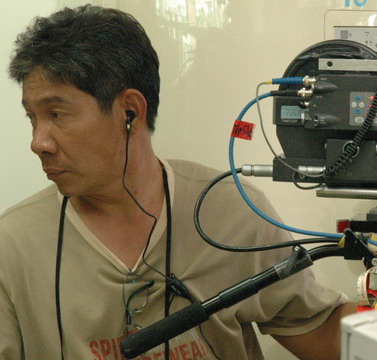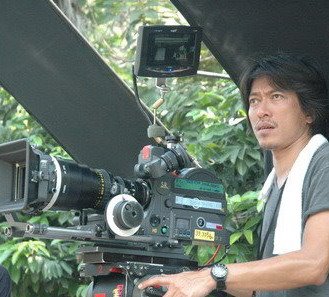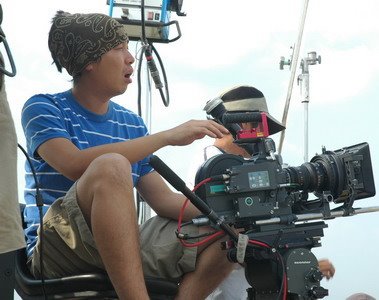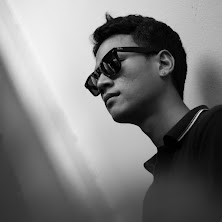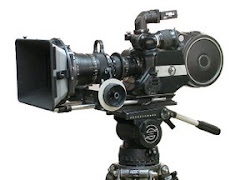
Continuous advances in lenses, film stock and postproduction technologies have elevated the Super 16 film format to new levels of image quality and production efficiency. Super 16 is now routinely used for standard and high definition television productions, feature films, commercials and documentaries, and with stunning results. By shooting Super 16, productions gain many of the advantages of shooting film - the film look, its unsurpassed exposure latitude, natural color reproduction, variable camera speeds, ramps, proven archivability and the fact that film is the only globally accepted standard format - at affordable production costs. The small size and light weight of Super 16 equipment has the extra benefit of easy portability for fast-paced production environments.
In response to market demand, ARRI is offering three new Super 16 cameras: the ARRIFLEX 416, 416 Plus and 416 Plus HS. Based on years of camera engineering, market research and focus groups with renowned industry professionals, the ARRIFLEX 416 cameras make features previously only found in high end 35 mm cameras available to Super 16 productions.
All three ARRIFLEX 416s are lightweight, modern Super 16 film cameras, each with a 35-style viewfinder and a mirror shutter that can be manually adjusted from 45 to 180 degrees. The 416 and 416 Plus have an amazingly low sound level similar to that of the ARRICAM. Their speed range is from 1 to 75 fps, while the 416 Plus HS runs from 1 to 150 fps. A completely new lightweight ergonomic design, integrated electronic accessories in the Plus cameras and compatibility with the same lenses and accessories used by their 35 mm siblings make the 416 cameras the most powerful, flexible and portable Super 16 cameras ever built.
Detailed information:
ARRIFLEX 416 Plus High Speed - New Model
The Power of 16 Video Clip
ARRIFLEX 416 Models Comparison
Detailed Information
Technical Data
Picture Download Gallery
416 Digitally Speaking
416 Frequently Asked Questions
News Archive:
2007 04 - New 16 mm Fiber Screens
2006 09 - ARRIFLEX 416 and ARRIMAX 18/12 Win cinec Awards
2006 09 - First 416 Productions - including 6 interviews
2006 06 - Interview: First Use of the 416
2006 04 - ARRIFLEX 416 Debuts in Los Angeles at Pre-NAB Event
2006 04 - A So-Called Life: Shooting Duane Hopwood
Product Related Links:
The Beauty of 16 - An Introduction to a Format
Ultra 16 Lenses Product Pages
Tutorial: How Does an Optical Viewfinder Work?
Product Related Downloads (PDF):
ARRIFLEX 416 - product brochure 04/2008
ARRIFLEX 416 - quick guide 04/2007
ARRIFLEX 416 - kurzanleitung 01/2008
ARRIFLEX 416 - manual 01/2007
Ultra 16 Lenses - product brochure 04/2008
The Beauty of 16 - An Introduction to a Format - white paper

































































































